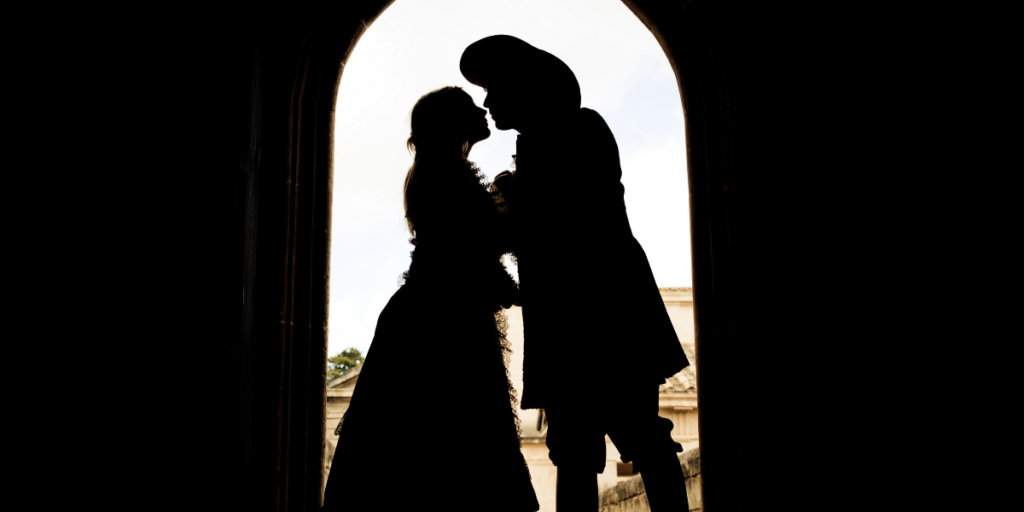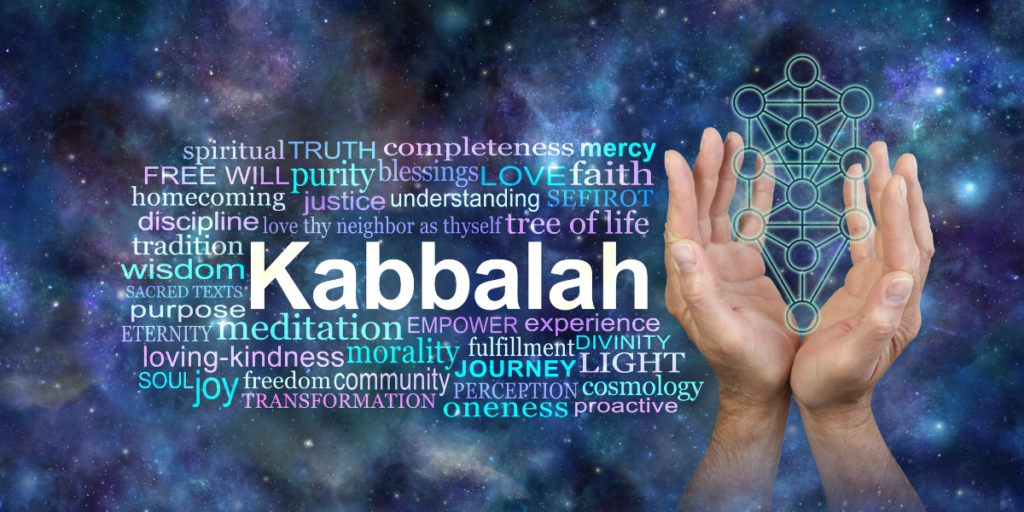Eros and Thanatos, Love and Death, have a complicated relationship. Their clash and union make existence eternal through their balancing influence, elevating the mundane into a constant proliferation of insight and experience. In this blog post, we’re gonna explore these two concepts and how they relate to the Human Story. From Greek mythology to Freudian psychoanalysis.
A few days ago, on Valentine’s day, I sent an email called “Eros and Thanatos” where I penned down a few of my thoughts on these two concepts.
(If you don’t want to miss these emails, make sure to subscribe here)
And I asked whether I should do a more in-depth analysis of the subject. And most of you seemed eager to dig deeper – after all, one cannot exhaust the topic with a single email!
But here I am, sitting in my squeaky chair, staring at the blank page in front of me, trying to figure out: “Where should I start?”
Because really. Where should you start if you’re talking about Love and Death? They encompass everything, the whole human experience. They are, in fact, the motivating powers of existence. What makes this possible.
It’s hard to pick up the thread from the beginning. But I’ll try.
Between Boaz and Jachin

At the entrance to the Temple of King Solomon stand two pillars; Boaz and Jachin. They represent all of the antagonism and tension in the world. And the need to balance opposing forces in order to have the strength to withstand the burden of existence.
Between them, the gate to the mystery of life. Passing through it is akin to initiation; transcending duality.
There are a lot of layers of meaning we need to uncouple here.
Masculine and Feminine
We’re programmed, biologically, to perceive reality through the lens of duality. Every single object is a mirror of this fundamental mechanism. Human existence seems to oscillate between opposing poles, guiding a journey of self-discovery, and towards unity with the one.
And what’s the One, you might ask. God?
Perhaps. Conceptually, in my opinion, the One is the absolute balance of the dual nature. The alchemical marriage of our inner masculine and feminine.
That process is manifested by the perpetual cycle of life and death, the Ouroboros biting its own tail to form a perfect circle encompassing its whole existence; Psyche, the personification of our soul, falling in love with God Eros and eventually passing to the other side, holding the hand of the God Thanatos.
See, across cultures and civilizations, we’ve articulated this experience through myths and legends that eventually became philosophical ideas.
Yin and Yang, Eros and Thanatos, Animus and Anima. Boaz and Jachin. They’re imprinted in our very psychology, an inescapable paradigm that informs our sense perception.
We’re able to discern what is and what isn’t via the repeated negation of one for the other, ad infinitum.
Freud believes it’s an instinct. A biological drive that makes us… human by de-differentiating our existence from the homogenized sea of consciousness. An evolutionary step that gave us individual consciousness as a way to engage with our environment; a Promethean gift.
From Epoche Magazine:
“I drew the conclusion that, besides the drive to preserve living substance,” i.e. the ego drives, “and to join it into ever larger units,” i.e. the sexual drives, which now both are aspects of Eros, “there must exist another, contrary drive seeking to dissolve those units and to bring them back to their primaeval, inorganic state”
The desire to live is the desire to avoid death. Yet, it’s the sobering acceptance of death that springs love out of life.
You cannot possess the one without the other.
Eros and Thanatos are the Light and Shadow, yet they cannot exist without each other:
The ultimate act of love is self-sacrifice. The pure, unfettered expression of humanity is our ability to care for and love others, to the point where we choose to sacrifice ourselves for them.
How many stories, myths, poems have been written about this?
Helen of Troy
The unconditional love of Helen and Paris brought the war to the coast of Troy. For 10 years, two city-states fought for the “eyes of Helen”.
Romeo and Juliet

The quintessential “love” story where both make a self-sacrifice, betraying life for death, death for life.
Harry Potter
The modern mythopoeic saga begins with a powerful sacrifice of the mother for her child; one of the purest forms of love. And it ends with the revelation that Death cannot overcome Love.
Beauty and the Beast (or Eros and Psyche)
The Disney movie is another version of the original mythological story of Eros and Psyche. Jealous Aphrodite pushes Psyche to fall in love with an ugly beast, only to be revealed that it’s beautiful Eros.
There are many more examples of love transcending death in mythology.
But for the time being, let’s go back to the Temple of King Solomon…
La Papessa and her Triregnum
Tarot is an interesting system. It takes the conceptual and transforms it into symbolic imagery.
It’s no coincidence that a lot of mythological structures like the Monomyth can be described as a journey throughout the cards. But that’s a blog post for another time.
Today, I want to focus on one card specifically: the High Priestess from the original Waite deck.
You’ll notice that it stands in the middle of two black and white columns; Boaz and Jachin. She’s the guardian of the mysteries, her leg idly resting on the Moon which is the Divine Feminine.
She represents intuition, the accumulation and self-organization of experiences, and their spontaneous manifestation as insight.
Kabbalah

The Tree of Life is an extremely complex system where the human condition can be codified and analyzed through story and myth.
For the sake of keeping this blog post under ten thousand words, we’ll only focus on the placement of the High Priestess.
The journey of the soul begins from the first sephirot and rises to the top, after many many lifetimes. The process involves the repeated, symbolic death and rebirth, each time pushing the soul to another level.
On the lower part of the Tree of Life, we have the flawed human, which contains the masculine and the feminine spirit, the Sun and the Moon, the Lion and the Eagle in alchemy.
(Interesting note: Collectively, humanity is moving up the 25th path. Science and the primacy of objectivity create the illusion of control. Man and Woman believe they’re King and Queen. We’re about to cross the 27th path, the Tower. Illusions will be struck down, the Higher Functions will reign)
The idea is that through tension and conflict, they slowly come together in marriage until they cross to the other side, where the higher partzufim reside.
But to do that, they must pass through the Abyss, the gulf of nothingness and everything; perfect sharing.
At the centre sits the Guardian of the Mysteries; the High Priestess.
This is the Da’ath sephiroth.
Da’ath
Of course, a proper analysis of the symbolic meaning is way above my pay grade. But from my limited understanding, Da’ath is knowledge in the sense of revelation and realization. It’s the demystification of dual perception, a necessary step towards unity.
The Observer (you) realizes that they’re merely looking at the inverted reflection of their soul; Life and Death are transient phases that lead to exaltation. The Anima and Animus are integrated, the boundaries crumble under the revelations of La Papessa.
I wonder if this is a process that happens on a psychological level only or if the spiritual and religious experiences of people throughout the years are relevant.
Alchemical Symbolism
The whole process of refining crude matter to the idealized state, the philosopher’s stone, is a metaphor for the journey of the soul.
The very properties of this potent object are about transmuting life force to transcend death.
What’s more interesting is the symbolism behind alchemical texts. The Lion and the Eagle, the Sun and the Moon, Mercury and Sulphur.
Mercury or “quicksilver” is the Female. Shifting between solid and liquid, it could shift and transcend death.
Sulphur is the masculine counterpart. Dryness and heat, expansion. In the Bible, Hell smells like sulphur!
Their reaction leaves behind salt, which represents the physical body.
This is only a tiny overview. Alchemy, described as the Great Science, brings everything together.
This is why Jung believed in esoteric, psychological alchemy. This quote encapsulates everything we’ve talked about thus far:
“When the alchemist speaks of Mercurius, on the face of it he means quicksilver (mercury), but inwardly he means the world-creating spirit concealed or imprisoned in matter. The dragon is probably the oldest pictoral symbol in alchemy of which we have documentary evidence. It appears as the Ouroboros, the tail-eater, in the Codex Marcianus, which dates from the tenth or eleventh century, together with the legend ‘the One, the All’. Time and again the alchemists reiterate that the opus proceeds from the one and leads back to the one, that it is a sort of circle like a dragon biting its own tail. For this reason the opus was often called circulare (circular) or else rota (the wheel). Mercurius stands at the beginning and end of the work: he is the prima materia, the caput corvi, the nigredo; as dragon he devours himself and as dragon he dies, to rise again in the lapis. He is the play of colours in the cauda pavonis and the division into the four elements. He is the hermaphrodite that was in the beginning, that splits into the classical brother-sister duality and is reunited in the coniunctio, to appear once again at the end in the radiant form of the lumen novum, the stone. He is metallic yet liquid, matter yet spirit, cold yet fiery, poison and yet healing draught – a symbol uniting all the opposites”
Ancient Mysteries
This has been quite hard to write, given the nature of the subject. So, excuse me if it’s all over the place. My goal was to articulate how the Union of the Extremes manifests in multiple concepts, philosophies, and mythologies. I hope I gave you food for thought!
Lastly, I’ve mentioned many times how ancient civilizations had rituals and shamanic practices that were meant to guide this alchemical marriage of Eros and Thanatos.
Their distillation is modern psychology, yet epistemology can often downplay the importance of myth and story.
- For example, Greeks had Eleusinian mysteries where they’d dramatize the kidnap of Persephone from Hades and their descent to the underworld.
- Egyptians had the Cycle of Osiris and perpetual life and death. Pharaohs would go under training to break out of this cycle. The King Coronation rituals, which were adopted by the European aristocracy later on.
- Of course, Indian mythology is filled to the brim with stories and allegorical tales about escaping samsara.
If you want to read more about the subject, check out these links:
